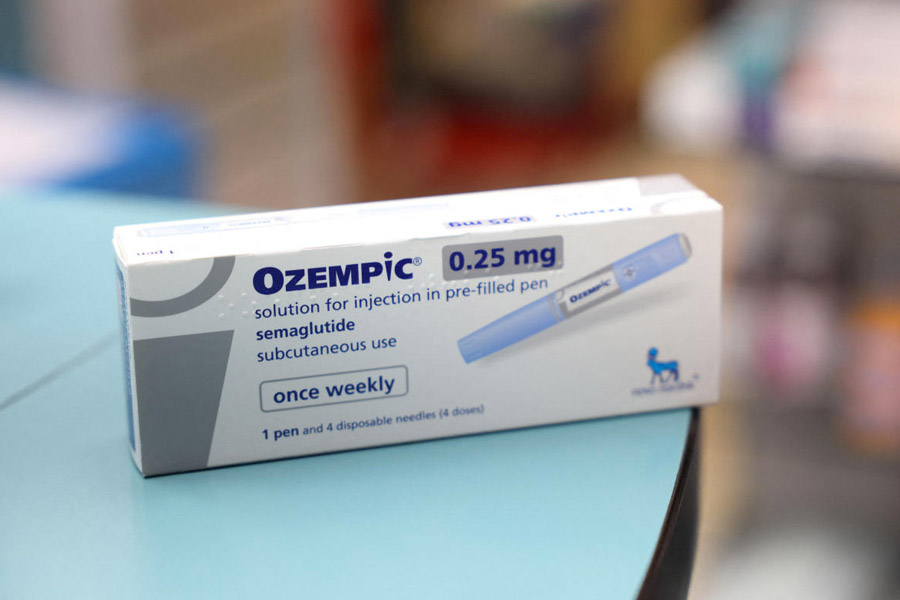
Calcutta: The chief causes for the collapse of the Majerhat bridge were pollution-driven corrosion and overloading caused by the PWD's faulty style of repairs down the years, a report by an IIT Bombay expert suggests.
The preliminary report by Devendra Narain Singh, institute chair professor with the civil engineering department, geo-technical engineering division, IIT Bombay, has ruled out the construction of the Joka-Esplanade Metro even being a contributory factor.
Independent engineers said the report underlines how the practice of repairing bridges by piling layers of bitumen on the original coating, without the previous layers being scraped off, can cause overloading and endanger the structure. Particularly one weakened by corrosion - which suggests poor maintenance by the PWD, they added.
"I have been informed that this bridge was constructed with concrete deck slab of 4 inches thick and 5 inches wearing coat, about more than 50 years back," Singh's report says.
"The thickness of the black top, as of now, is 400mm (15.748 inches). This would result in excessive loading on the dilapidated bridge." This means what was a 5-inch bitumen coating more than trebled to nearly 16 inches over half a century, the extra weight proving too much for the bridge to bear.
Singh had conducted the inspection on Friday, 10 days after the bridge collapse, on a request from railway authorities to find out whether the construction of the Joka-Esplanade Metro had contributed to the collapse.
An IIT Guwahati team too inspected the bridge the same day and submitted a report to the railways, citing lack of maintenance as the main reason for the cave-in, sources said.
Earlier, a probe committee set up by chief minister Mamata Banerjee had blamed the PWD while also identifying piling for the Joka-Esplanade Metro as a possible cause of damage to the bridge.
"(The PWD) has wasted time by preparing files and waiting for clearance (to start repairs). It did not take any precautionary measure even after coming to know about problems with the bridge," Mamata said on Friday.
"The committee has said that vibration caused by the Metro construction possibly played a role in the collapse.#The matter will be investigated further."
But Singh's report says: "I have been informed that the construction of Metro (Majerhat) station sub-structure adjoining the bridge was completed in 2013/2016. Therefore the incident has 'no relevance' with the piling activity."
Singh has highlighted that the piers of the bridge had not undergone "settlement, deflection or distress", which is what should have happened had the Metro pillar construction contributed to the collapse. He has added: "It can be opined that the collapse of the 'span of the bridge' is 'mid-span failure', which is mainly induced because of corrosion and overloading.... Prima facie, it appears the reason for the collapse of the bridge was pollution."
Civil engineers have long known that air pollution aggravates rusting, leading to corrosion. A bridge in a high-pollution environment would require greater maintenance.
"Degradation of not only metal materials but also other construction materials such as concrete by chemical environmental loads is an increasingly serious problem... all over the world," Martina Ivaskova and her civil engineering colleagues at the University of Zilina in the Slovak Republic had said in a research paper three years ago.
Singh has cited the maintenance failures, noting how water had accumulated in potholes and channels, with plants growing along cracks. His report says the bridge's foundation is mostly undisturbed, but corrosion has led to the steel getting exposed from under the concrete in some girders.
"On the other side of the bridge, towards Diamond Harbour, the pipelines are also heavily corroded."
A senior Metro official said the final report would be submitted to the state government in about two weeks.










